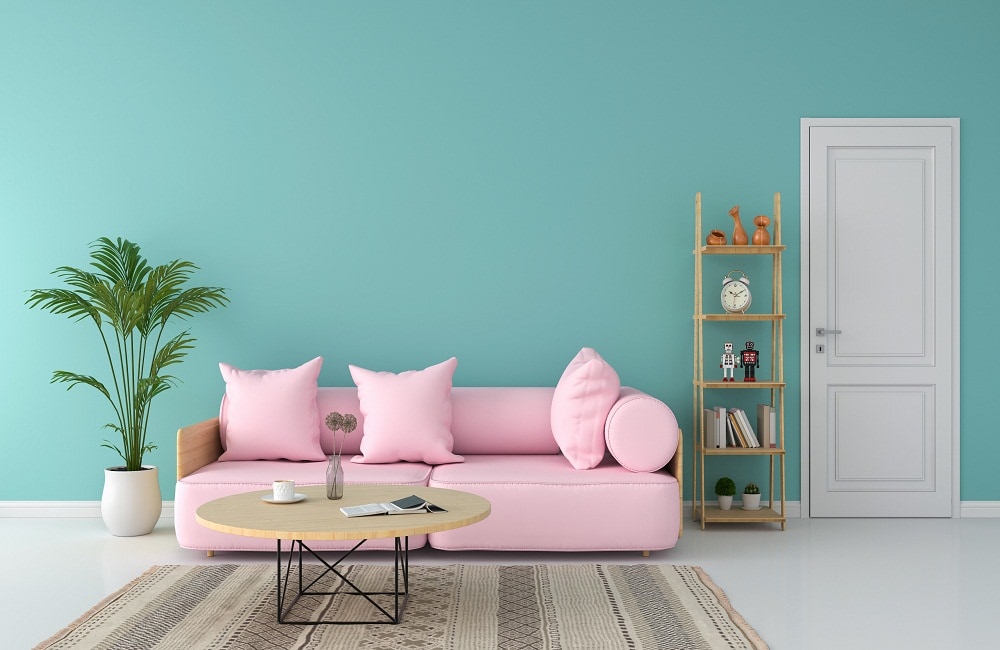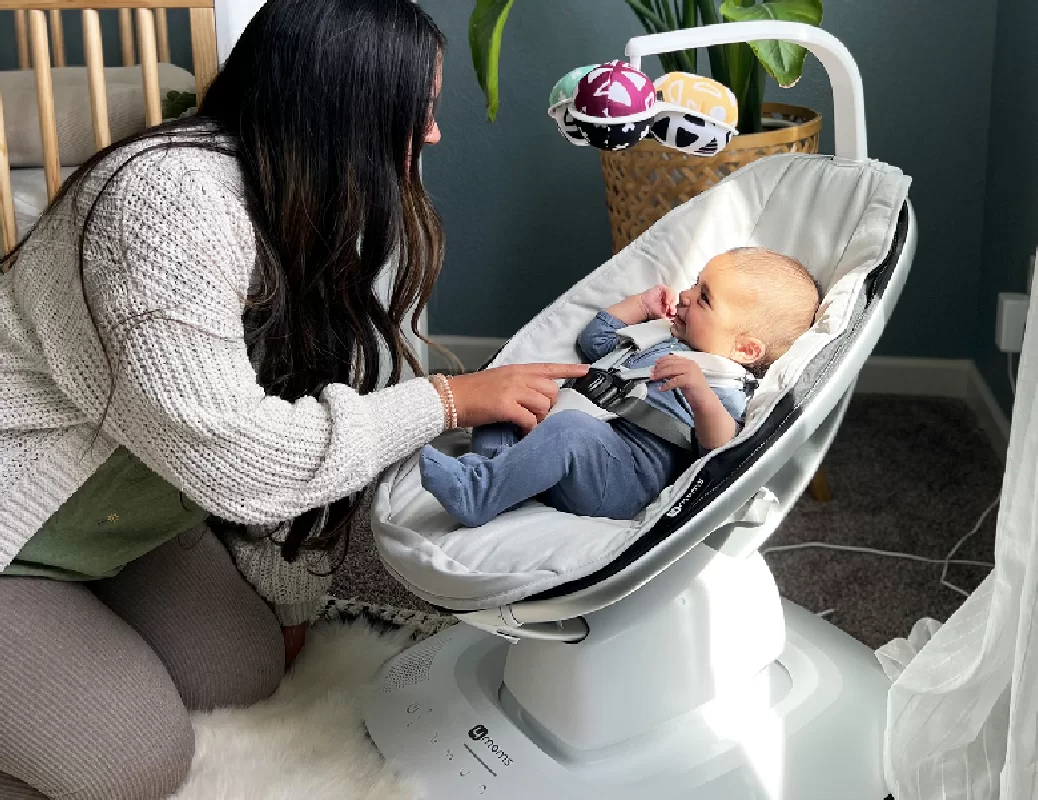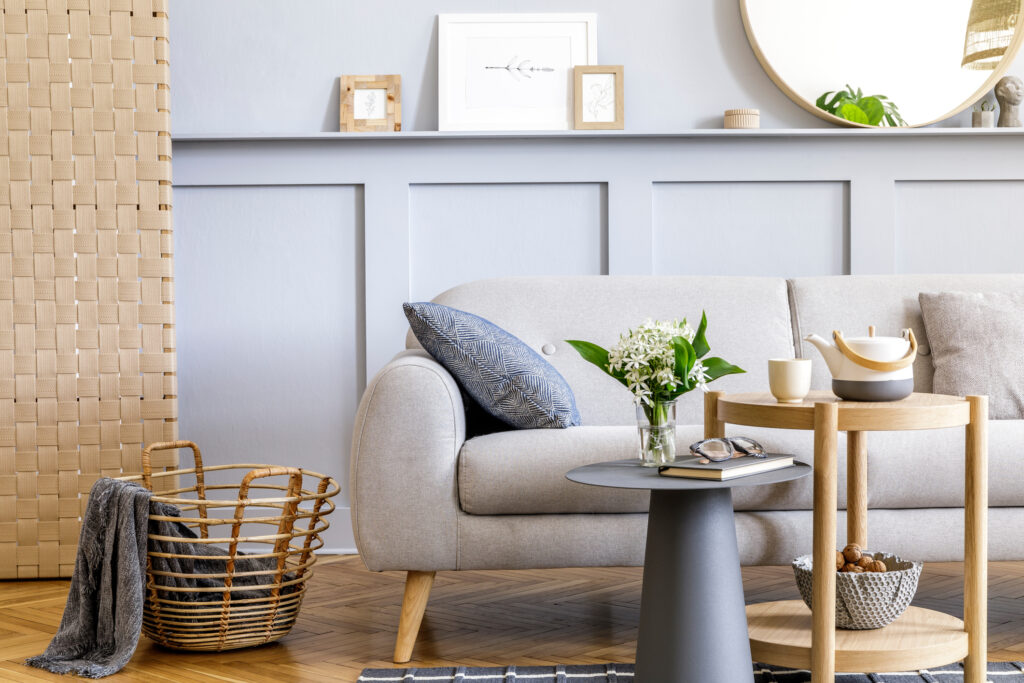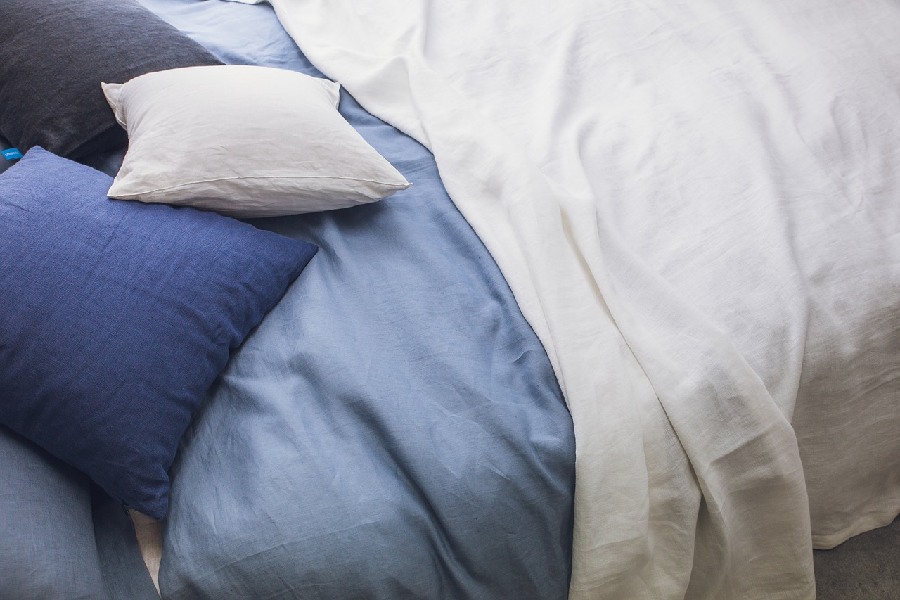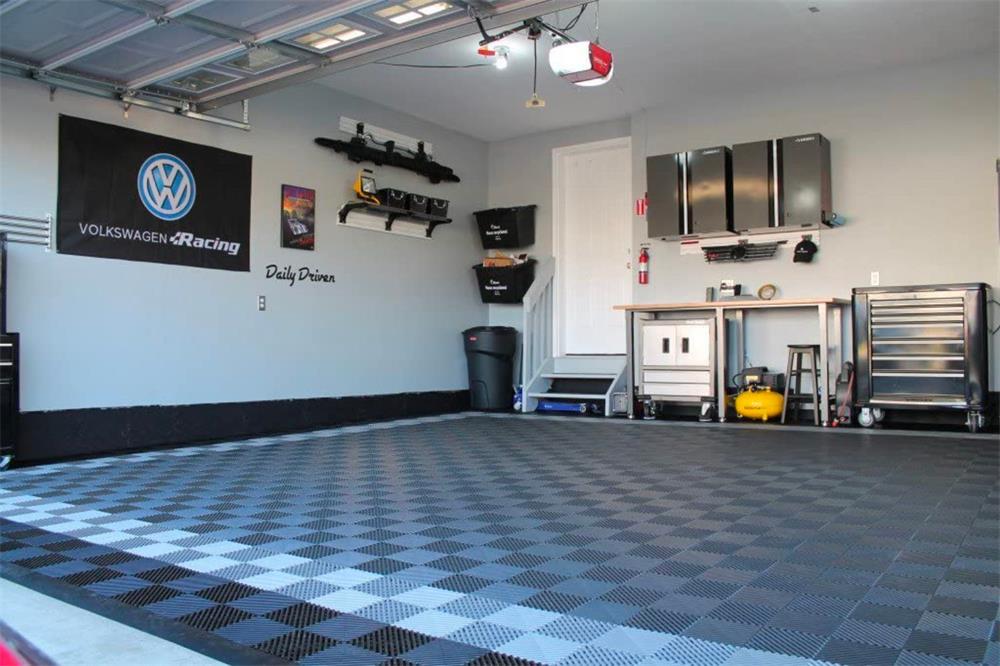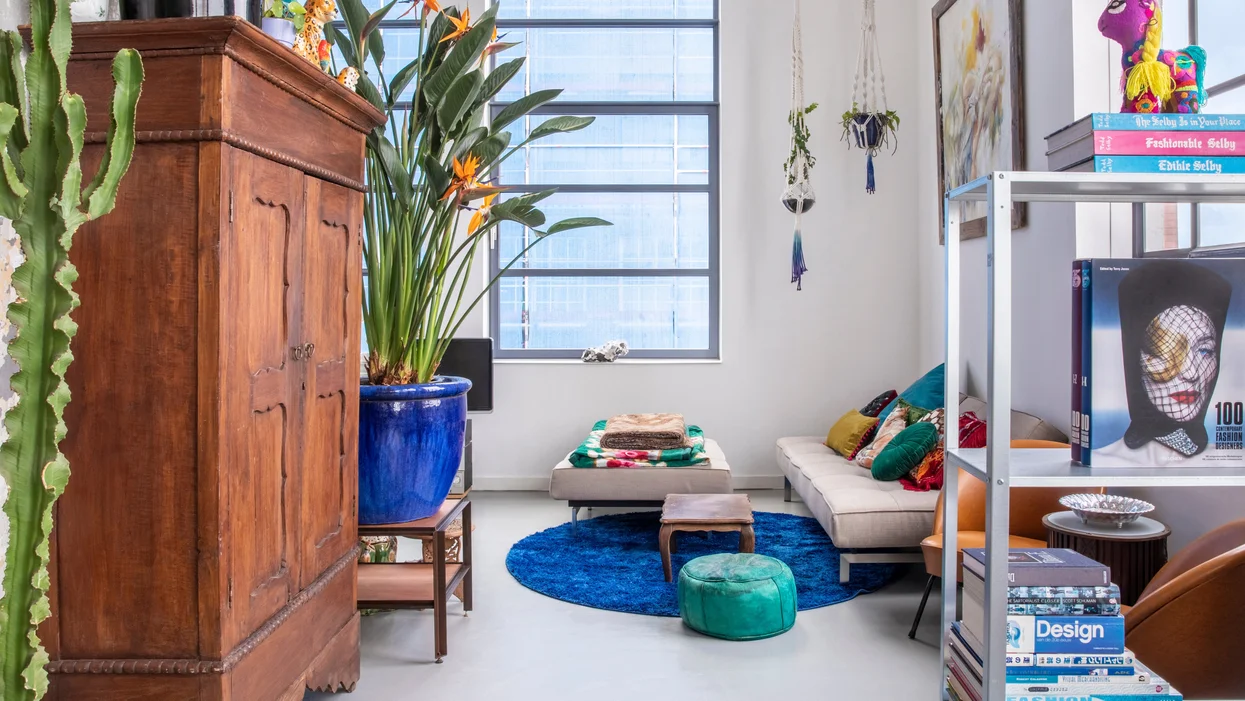Painting a small room can be tricky. You want to choose a color that brightens up the space and makes it feel more spacious, but you also want to avoid colors that are too dull, too dark, or too overwhelming. Here are some tips on how to pick the right paint color for your small space, and some colors that you should steer clear of.
Contents
- 0.1 Don’t Paint Your Walls White
- 0.2 Don’t Choose Neutrals That Are Too Muted
- 0.3 Don’t Settle for a Color You Don’t Love
- 0.4 Don’t Pick Colors With Questionable Undertones
- 0.5 Don’t Go for Bright or Dark Colors
- 0.6 Don’t Forget About Contrast
- 0.7 Don’t Be Afraid to Experiment
- 1 How to Pick the Best Paint Colors for Small Spaces
Don’t Paint Your Walls White
You might think that white is the best color for a small room because it reflects light and creates a clean and airy look. But white can also make your room look bland and boxy, especially if it shows every shadow or dark corner. White works best as an accent or trim color, not as the main color of your walls.
Instead of white, try a soft gray with a hint of silver, like interior designer Olga Adler did in this small dining space. The gray paint adds elegance and light, while the white accents create contrast and interest.
Don’t Choose Neutrals That Are Too Muted
Neutral colors are great for small spaces because they are simple and versatile. You can pair them with any style of furniture, accessories, or artwork, and they won’t clash or compete. But not all neutrals are created equal. Some neutrals can be too muted, meaning they have too much gray or brown in them, and they can make your room look dull and dark.
Instead of muted neutrals, look for warm neutrals that reflect light around the room, and pair them with crisp white trim and accents for an open and airy style. A trick to make your neutral space look more spacious is to choose neutral furnishings, drapes, or linens that match your wall color.
Don’t Settle for a Color You Don’t Love
The most important thing to remember when choosing a paint color for your small space is that you should love it. Don’t pick a color just because it makes your room look bigger. Pick a color that makes you happy and inspired every time you walk into the room.
That doesn’t mean you have to give up on your favorite color if it’s not the most flattering for your space. You can still use it as an accent color, or adjust the shade to suit your room. For example, if you love red but don’t want to paint your walls with it, you can use red pillows, curtains, or artwork to add some pops of color.
Don’t Pick Colors With Questionable Undertones
Another thing to watch out for when choosing a paint color is the undertone. The undertone is the subtle hue that shows through the main color, and it can affect how the color looks in different lighting conditions. Some colors have undertones that can make them look off in certain rooms.
For example, some whites can have pink or yellow undertones that can make them look salmon or cream in certain lights. Some blues can have purple or green undertones that can make them look violet or teal in certain lights. Some greens can have yellow or gray undertones that can make them look lime or olive in certain lights.
To avoid this problem, always test your paint color in your room before you buy it. Paint a small patch on the wall and observe how it looks at different times of the day and under different light sources. If you notice any undertones that you don’t like, try a different shade or tone of the same color.
Don’t Go for Bright or Dark Colors
Bright and dark colors can be fun and dramatic, but they can also be overwhelming and oppressive in a small space. Bright colors like neon or lime green can be too intense and distracting, while dark colors like navy or chocolate brown can be too heavy and gloomy.
Instead of bright or dark colors, go for medium or light colors that have some depth and warmth to them. For example, instead of royal blue, try cornflower blue; instead of burgundy, try raspberry; instead of black, try charcoal. These colors will still add some personality and energy to your room without making it feel smaller.
Don’t Forget About Contrast
One of the best ways to make your small space look bigger is to create contrast between your walls and your furniture. Contrast creates visual interest and draws the eye around the room, making it seem more spacious and dynamic. If you have everything in the same color or tone, your room will look flat and boring.
To create contrast, you can use different colors, textures, patterns, or shapes in your furniture and accessories. For example, if you have light gray walls, you can use dark wood furniture, colorful pillows, geometric rugs, or round mirrors to add some contrast. Or if you have beige walls, you can use white furniture, textured fabrics, floral prints, or square frames to add some contrast.
The key is to balance contrast with harmony. You don’t want to have too many contrasting elements that clash or compete with each other. You want to have enough contrast to create interest but not enough to create chaos.
Don’t Be Afraid to Experiment
The best way to find the perfect paint color for your small space is to experiment with different options until you find the one that works for you. You can use online tools like virtual paint apps or color generators to get some ideas and inspiration. You can also visit paint stores and get some samples or swatches to test in your room.
Remember that there are no hard-and-fast rules when it comes to painting a small space. You can use any color you want as long as you love it and it makes your room look awesome.
How to Pick the Best Paint Colors for Small Spaces
Now that you know what colors to avoid, you might be wondering how to find the best paint colors for your small space. Here are some tips and ideas to help you choose the right color for your room.
Consider the Mood and Style You Want to Create
Before you pick a paint color, think about what mood and style you want to create in your small space. Do you want it to be cozy and warm, or cool and calm? Do you want it to be modern and sleek, or rustic and charming? Do you want it to be bright and cheerful, or sophisticated and elegant?
Different colors can evoke different feelings and impressions, so choose a color that matches your vision for your room. For example, if you want a cozy and warm mood, you might go for warm colors like yellows, reds, oranges, and browns, which make walls advance and give a distinct identity. If you want a cool and calm mood, you might go for cool colors like blues, greens, purples, and grays, which make walls recede and create a sense of spaciousness.
Think About the Amount of Natural Light in Your Room
Another factor to consider when choosing a paint color is the amount of natural light in your room. Natural light can affect how a color looks on your walls, as well as how bright or dark your room feels. Generally speaking, rooms with more natural light can handle darker or bolder colors better than rooms with less natural light.
If your room has a lot of natural light, you can experiment with darker or bolder colors that add some drama and personality to your space. For example, you can try rich colors like dark blue, hunter green, vintage wine, or amherst gray, which add a touch of drama and make a statement. These colors can also help create contrast with your furniture and accessories, which can make your room look more interesting.
If your room has less natural light, you might want to stick with lighter or softer colors that reflect light and make your room look brighter and bigger. For example, you can try light colors like pale pink, sky blue, mint green, or butter yellow, which reflect light and create a fresh and airy look. These colors can also help create harmony with your furniture and accessories, which can make your room look more cohesive.
Test Your Paint Color Before You Buy It
The last tip for choosing a paint color for your small space is to test it before you buy it. You can’t rely on paint chips or online images to show you how a color will look on your walls. You need to see how it looks in your room, under different lighting conditions, and next to your furniture and accessories.
The best way to test a paint color is to get some samples or swatches from the paint store and paint a small patch on the wall. You can also use online tools like virtual paint apps or color generators to get some ideas and inspiration. Observe how the color looks at different times of the day and under different light sources. If you like how it looks, go ahead and buy it. If not, try another shade or tone of the same color or a different color altogether.
Choosing a paint color for your small space doesn’t have to be hard. With these tips and ideas, you can find the perfect color that makes your room look awesome.

